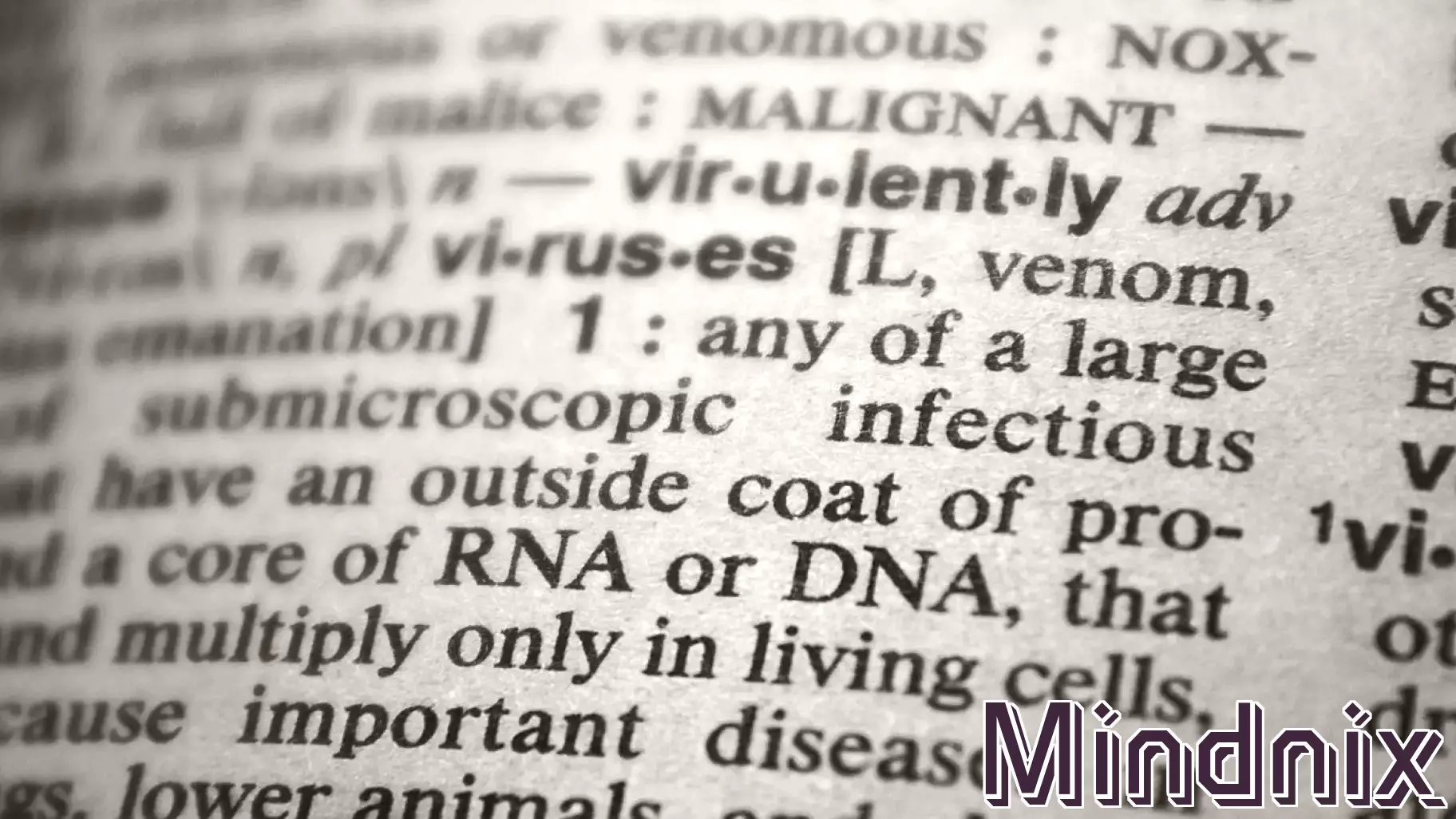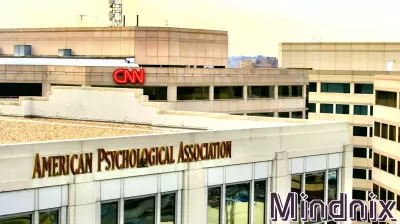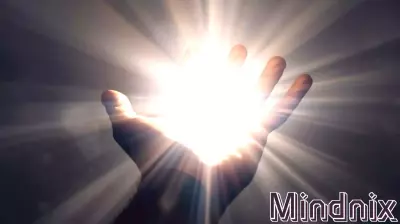Unraveling the Viral Influence: The Hidden Role of Ancient Viruses in Our DNA
April 8, 2025 - 15:13

You are more viral than you might realize. Approximately 8% of human DNA, a significant portion beyond what is utilized for protein synthesis, is composed of remnants from ancient viruses. These viral sequences, often referred to as "genomic ghosts," have been integrated into our genetic makeup over millions of years of evolution.
This fascinating intersection of virology and genetics reveals how these ancient viruses have shaped not just our DNA but potentially our drives and behaviors. Researchers are increasingly investigating the implications of these viral remnants, exploring their roles in various biological processes, including immunity and disease susceptibility.
The presence of these viral elements raises intriguing questions about our evolutionary history and the complex interplay between viruses and human development. As science continues to uncover the mysteries of our genetic code, the impact of these ancient viral sequences may redefine our understanding of what it means to be human.
MORE NEWS

December 14, 2025 - 05:29
Congressional Committee to Investigate APA Over Allegations of AntisemitismA congressional committee is set to investigate the American Psychological Association (APA) following alarming reports of antisemitism within the organization. Representative Tim Walberg has...

December 13, 2025 - 12:01
A Journey from Violence to Spiritual AwakeningThe troubling issue of violence in America extends beyond legislative measures; it often stems from a deep spiritual emptiness. This narrative unfolds through the eyes of a former school shooter,...

December 12, 2025 - 23:51
The Hidden Strengths of Those Who Prefer SolitudeIt turns out that individuals who often decline Friday night plans aren`t simply introverts in need of social interaction; rather, they possess unique psychological strengths that many may not have...

December 12, 2025 - 03:57
The Seasonal Pull to Reconnect with Exes: Understanding Holiday EmotionsAs the holiday season approaches, many individuals find themselves grappling with a mix of nostalgia, loneliness, and stress. These feelings can often trigger a desire to reach out to an ex-partner...